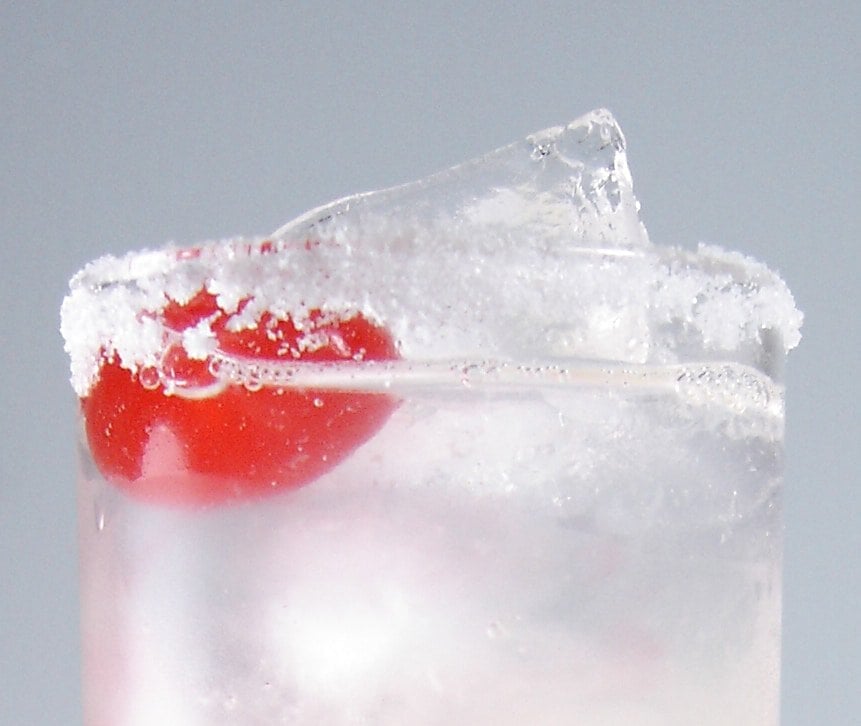Part I
Many people assume that they can tell the difference between two, seemingly different, spirits. But the question is whether they are being a “posers” or a skilled drinker. People who are involved in the scotch world often refer to someone who will only drink single malt whiskies, as “malt snobs”. Some people chose to be a malt snob for appearance reasons i.e. they seem to be sophisticated and knowledgeable. But are they really knowledgeable?
The first people to tackle the single malt vs. blended whisky question, in a scientific manner, were Dr. Stephen Chadwick and Dr. Hugh Dudley, both surgeons at St. Mary’s Hospital and Medical School in London England. They decided to implement an experiment designed by Sir Ronald Fisher that would test the ability of an aristocratic lady to distinguish between two cups of tea, one with the milk poured first, the second with the milk poured after the tea. As Sir Fisher told it, a Lady claimed to have the ability to tell which went into her cup first the tea or the milk, so he designed an experiment to test this. Basically, a number of samples, made in varying ways, are presented to the person for them to determine the order of the tea and milk. The number of right and wrong answers are then statistically analyzed to determine whether the person is guessing, or has the ability to make a determination.
In Dr. Dudley and Dr. Chadwicks study, they looked at the ability of people to differentiate between single malts and blended whisky. We’ve often heard of people who don’t drink “blends”, for whatever reason, so this was a test to determine whether people have the skills to actually differentiate, without the help of a bottle label. The sample size (N=8) was a group of men from the St. Mary’s Surgical Unit. The eight people included four individuals who stated they were regular whisky drinkers (greater than one whisky drink per week) and four who were inexperienced (less than one whisky drink per week).
The method they used was to present each taster with a single measure of whisky (one dram) in a sherry copita (almost like an ISO wine tasting glass) with 5ml of spring water added. The tasters were seated, blindfolded and asked to smell and taste the whisky. They were then asked whether the whisky was “malt”, “blend” or “don’t know”. The tasters were asked whether they could identify the distiller/region, followed by a score of the whisky on a “Hedonic Scale” (score of 1-9 with 1 being “;tastes like crap” and 9 being “;what Zeus would drink” note these are my descriptions, not the research papers). Each individual whisky was tasted 6 times by each participant. The whiskies used in the study were:
Single Malt: Glenfiddich, Springbank, Glenmorangie
Blended: Bells, Haig, Whitehorse
Conclusion:
After the tasting round, the data was looked at statistically and the results presented were interesting. If you speak to most malt snobs, they would tell you unequivocally that they could differentiate the two types of whisky. But in this study, it was determined that, of the eight participants, no one could truly differentiate malts from blends in a way that was statistically significant. Also, experience does not seem to alter one’s ability to discriminate between the two whisky styles. From the research paper:
“The data confirm the null hypothesis that, within our unit, malt cannot be distinguished from blended whisky and that experience does not alter powers of discrimination. Regular drinkers were able to detect blends more easily than malts only because of the frequency with which they gave the answer “blend,” though again this was no better than random.”
“Our statistical analysis was entirely nonparametric, although by randomization and testing six samples of each whisky a subject with no discriminatory prowess at all could be expected to achieve complete discrimination of malt from blended once in 236 (1 in 6-87 x 1010) occasions.”
“Thus, in conclusion, we certainly agree that “uisgebeatha” has unique properties steeped in romance and mystique but that the inexpert drinker should choose his whisky to suit his taste (and his pocket) and not his self-image.”
Basically, if you pulled a random person who had little experience tasting whisky, that person would only be able to determine, by guessing, the 36 samples 1 in 68,700,000,000 times. Basically, you have a much better chance of winning a 6 number lottery (1 in 13,400,000). As for the experienced whisky tasters, their chances are slightly better, but in reality, it is almost equivalent to guessing. Out of all the whisky samples, only one participant identified the region of the whisky, once. When that whisky was tasted again, the participant could no longer identify the whisky region.
In a peer review response to the study, Sir James Howie wrote that there may be some difficulties with the data because a couple of the scotches are close in characteristics. He recommends redoing the study using three very distinct single malts, including an Islay malt. He also recommends using some better quality blends, like Antiquary and Johnnie Walker Black Label.
I believe the one area where better results would have been achieved would be to increase the test population (N) and expand the types of samples. So instead of malt or blend, you would use Scotch Malt, Scotch Blend, Canadian, Irish, Bourbon and Rye. This method would test the abilities of even the most ardent whisky drinker.
Please remember that this study was an entertaining exploration of whisky characteristics. The results are valid for the scope of the experiment and when reading the research paper you will often see that some of the statements are made with tongue firmly planted in cheek. But, as Sir Howie states in his riposte;
“The authors are right in thinking that there are many phony connoisseurs of whisky and that their claims to distinguish malt from blended whisky and one whisky from another should be exposed for the nonsense they often are.”
Part II
In the second write up, I’ll be looking at another experiment based on the Sir Ronald Fisher method to determine whether a group of four experienced wine tasters could identify cognac vs scotch. The four brands used in that study include Courvoisier, Remy Martin, Springbank and Glenfiddich.
The summary post is also available: Whisky Tasting Discussion
References:
1. Can malt whisky be discriminated from blended whisky?
British Medical Journal (Volume 287) December 1983
2. Ability to distinguish whisky (uisge beatha) from Brandy (cognac).
British Medical Journal (Volume 309) December 1994
Definitions:
Poser – a poser is one who says they can do something that they can’t.




